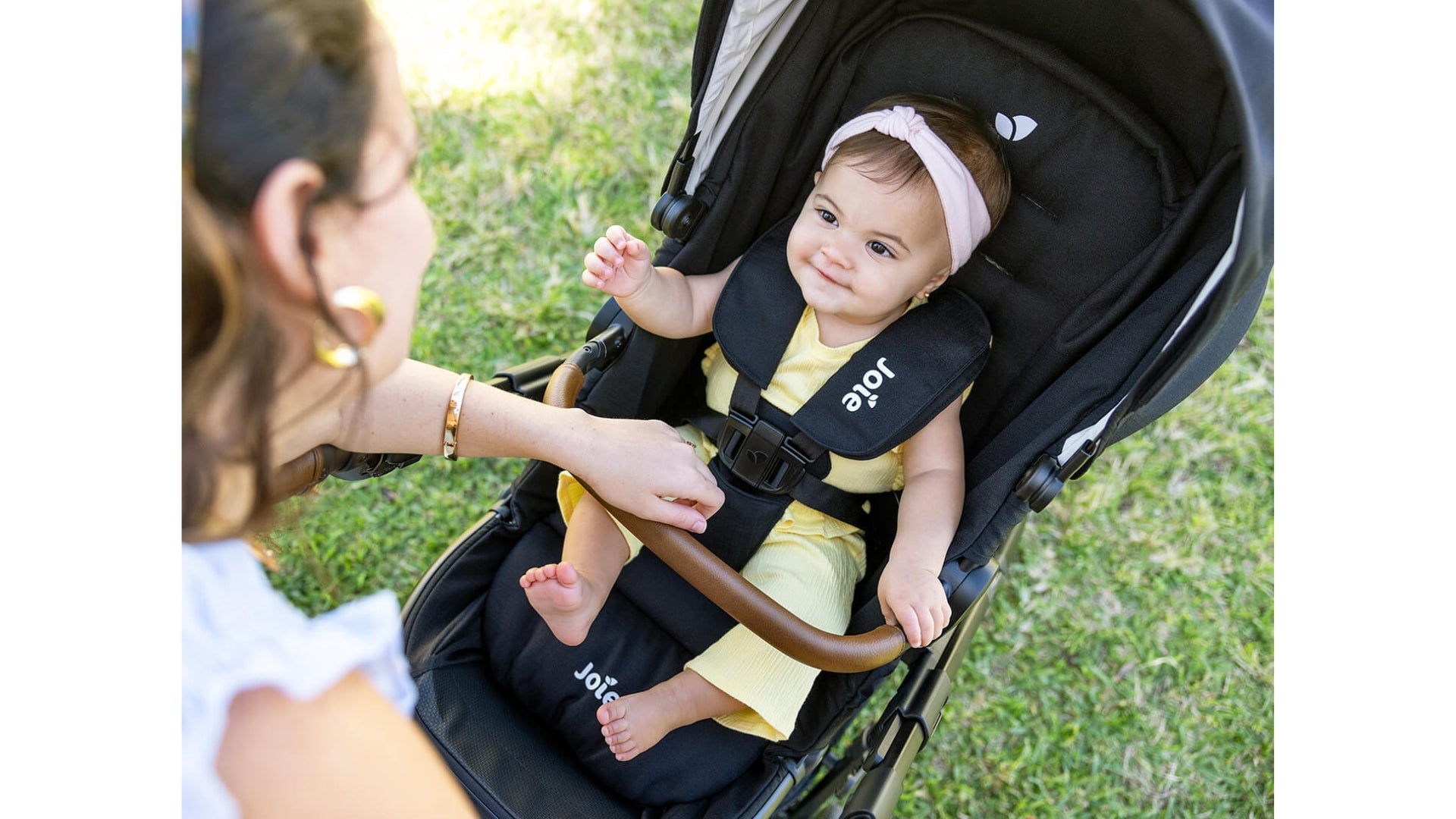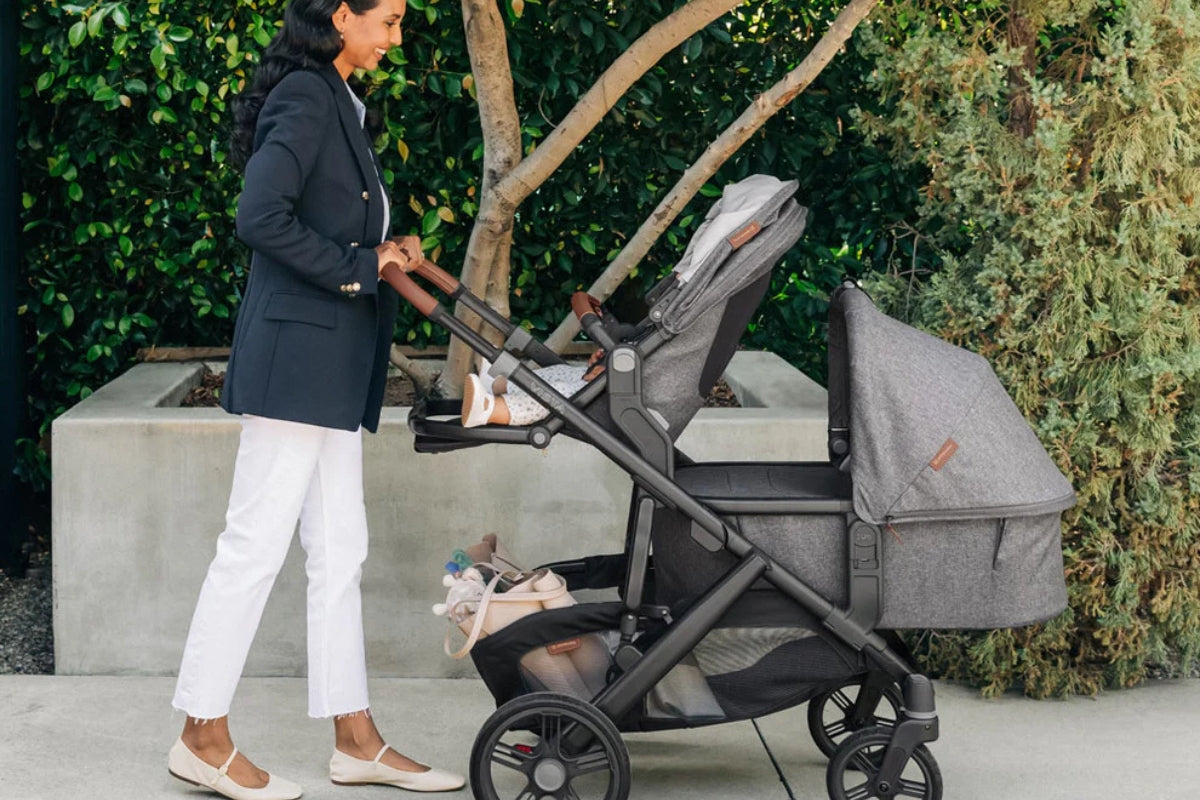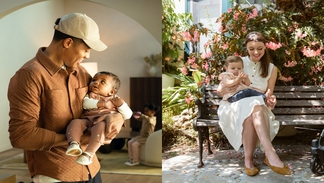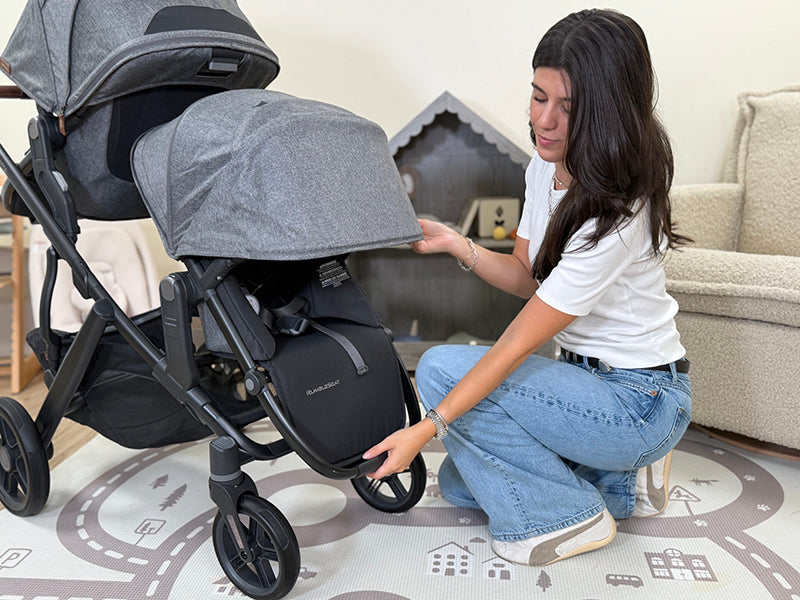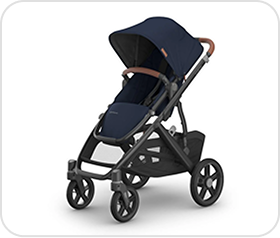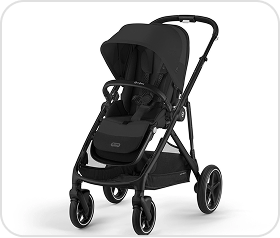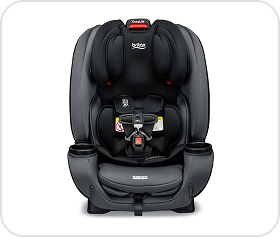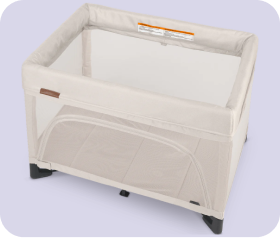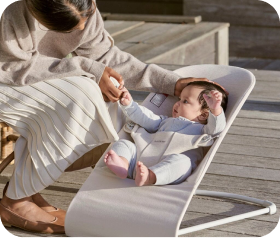
Extended Rear-Facing: Why It's the Safest Option for Your Toddler
At Strolleria, our dedicated team is devoted to matching families with optimal baby gear products tailored to their unique lifestyle needs. However, our foremost focus is to empower parents in making the safest choices for their children. We achieve this by providing access to the education and information necessary for well-informed decision-making.
We frequently receive inquiries about child car seat safety, transitioning from an infant car seat, and determining when a child is prepared for a forward-facing seat. Regrettably, there's a widespread misconception that graduating from an infant car seat automatically signifies a child is ready for a forward-facing seat. Many parents associate a "toddler" car seat with a forward-facing orientation, but a proper "toddler" car seat is, in fact, a convertible car seat usable in both rear and forward-facing positions. We acknowledge that navigating the world of car seats can be bewildering for most parents who are new to this realm. The task of selecting the right, age-appropriate car seat may seem confusing and overwhelming. Our goal is to alleviate this process and make it stress-free! In this article, we will delve into the significance of extended rear-facing.

What are the US car seat laws for rear facing?
Despite the American Academy of Pediatrics updating its car seat safety guidelines in 2018 to advocate for extended rear-facing, the unfortunate reality is that the car seat laws in many U.S. states have yet to align with these recommendations. Presently, only 18 states mandate rear-facing until the age of two. While these states are making progress by enforcing rear-facing until age two, it's crucial to note that the advantages of rear-facing surpass this age milestone. Ideally, parents should strive to keep their children in a rear-facing position until they reach the height and weight limits specified by their car seat, at which point transitioning to a forward-facing position becomes necessary.
What is the correct transition after infants graduate from their infant car seat?
The majority of parents choose to invest in an infant car seat for use right from birth. These models are straightforward and designed exclusively for rear-facing positions, offering parents a clear choice. However, once infants outgrow their infant car seats, it becomes crucial for parents to prioritize rear-facing configurations throughout the toddler years and, whenever feasible, beyond.
Numerous U.S. car seat manufacturers are adapting to incorporate modern scientific insights into their designs. Extended rear-facing capabilities have emerged as a prevalent feature, particularly among premium baby gear brands. These options present parents with a diverse array of seats to choose from, enabling their children to maintain a rear-facing position up to 50 pounds.
Check out our collection of convertible car seats with extended rear facing capabilities >>>here

Why are toddlers just as vulnerable as infants in motor vehicles?
Let's delve into anatomy. By the age of one, toddlers achieve significant milestones, such as walking, communicating, and displaying apparent strength and stability in their petite bodies. However, it's crucial to recognize that their spine is still in the developmental stages. In toddlers, the vertebrae are connected by cartilage rather than fully ossified bone. This phase of spine development renders children more susceptible to spine ruptures, which can lead to devastating injuries. Additionally, the head of infants and toddlers is not yet proportionate to the rest of their body, heightening the risk of injuries to the neck and spine due to this disproportion.

How do rear facing car seats reduce the risk of injury to toddlers?
Rear-facing car seats are specifically designed to safeguard the entire body of the child, placing a particular emphasis on cradling and protecting the child's head, neck, and spine.
A significant majority of motor vehicle accidents involve frontal collisions. In such crashes, passengers are propelled towards the point of impact, causing the back and spine to absorb a substantial amount of transferred energy. This forward propulsion also leads to a sudden interaction with the vehicle's seat belt, increasing the risk of injury to internal organs.
Rear-facing car seats are engineered to absorb transferred energy by evenly distributing it across the back of the car seat and the child's body. This rear-facing positioning, additionally, minimizes head movement, thereby reducing the risk of neck and spine injuries.
Why are parents in a rush to forward face?
Parents often consider transitioning to forward-facing car seats after using infant car seats for various reasons. Primarily, this choice may stem from a lack of awareness, as it is commonly assumed that the second-stage car seat should face forward. Secondary reasons are often convenience-related, such as the ease of loading into a forward-facing seat, simpler interaction, better visibility of children, resistance from the child to rear-facing positioning, eagerness to reach the forward-facing milestone, the child's perceived comfort in a forward-facing position, concerns about the child's legs appearing cramped in a rear-facing seat, and more.
However, the essential point for parents to understand is that scientific evidence overwhelmingly supports the fact that children are significantly more protected in rear-facing car seats.
How can parents make extended rear facing more convenient for their families?
Let's address some of the common hesitations or concerns that parents may have about rear-facing car seats:
1. Comfort: Extended rear-facing seats provide the option for rear-facing use up to 50 lbs. This includes children of considerable size, likely with long legs. It is not assumed that older children will be able to sit with fully extended legs. However, it's recommended that older children sit cross-legged. Interestingly, this seating position is often more comfortable than forward-facing, where children may experience discomfort with legs dangling down, leading to numbness and tingling in their legs and bottoms.

2. Loading: We acknowledge that placing toddlers into rear-facing car seats can pose challenges for some parents. Thankfully, advancements in car seat technology cater to the needs of shorter parents or those with back issues. The Cybex Sirona S and Evenflo Revolve360 are rotating convertible car seats designed to accommodate extended rear-facing up to 50 lbs. These models feature a swivel function, enabling parents to rotate the car seat for side loading, significantly easing the process of extended rear-facing.

3. Resistant Child: Stand firm, parents! Your child's safety takes precedence! While they may resist, just as we don't cater to every want outside the car, car seat safety is no different. Consistency is key in managing your child's expectations. If you choose to extend rear-facing in your main vehicle, the same standard should apply to all other vehicles in which your child is transported.

The unfortunate and concerning reality is that motor vehicle crashes rank as a leading cause of death for children aged 1-13. Scientific evidence unequivocally supports that rear-facing significantly lowers the risk of death or serious injury for infants and toddlers. Parents should not overlook this research or compromise any aspect of safety for the sake of convenience. Choosing extended rear-facing is a crucial step in keeping children safer.
Questions?
Strolleria is dedicated to making the gear buying experience less overwhelming for parents.
If you have more questions about rear facing, extended rear-facing seats or rotating convertible car seats, feel free to start a live chat or email us at customercare@strolleria.com.




